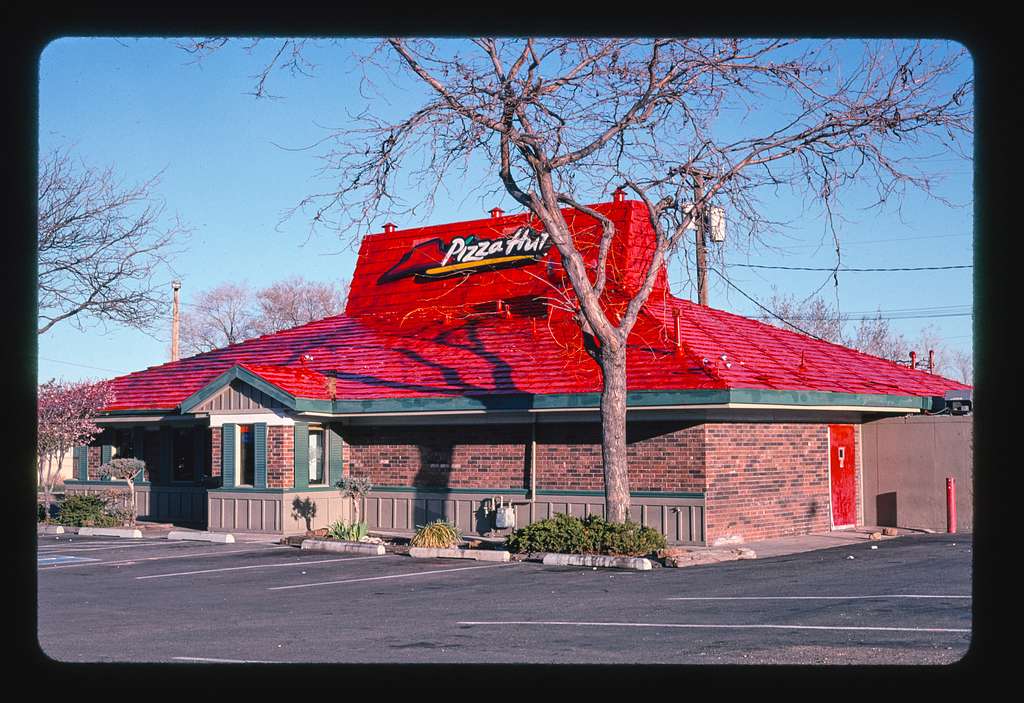
The Hidden Dangers of Bread Mold: Why You Should Toss It Out
- Jul 21, 2024
Sandwiches can be a delightful meal anytime, filled with wholesome ingredients that can brighten up any humdrum day. But imagine pulling out a fresh loaf, ready to make your favorite sandwich, only to be greeted by an unwelcome sight - a big, green splotch of mold smack in the middle of your bread slice.
Many of us have considered simply trimming the moldy piece and eating the rest of the bread. However, the experts we consulted warn against this seemingly practical solution. Lorene Sauro, a certified health and food safety expert and nutritionist, informs us that visible mold is merely the tip of the iceberg. "The presence of visible mold indicates a greater concentration of spores, undetectable by the naked eye," she told Food & Wine magazine.
Sauro cautions that removing the contaminated section and cooking the rest of the bread is not a safe practice. "Though cooking eliminates mold, mycotoxins, toxic byproducts, may still persist," Sauro explains. "Individuals sensitive to mycotoxins can experience harmful reactions."
Health risks make the consumption of moldy bread a gamble not worth taking. "If you identify any mold, dispose of the bread immediately," Sauro advises.
Shelly Balls, a dietitian nutritionist who also holds a ServSafe Manager Certification, concurs with Sauro. "Regardless of the mold spot's size, it isn't safe to just trim around it," she asserts. The mold's roots penetrate deeply into the bread, allowing it to produce toxins that pose significant health risks, including potential foodborne illnesses.
Balls points to a key difference between bread and cheese since cheese, unlike bread, can still be consumed after removing visible mold. "Mold on bread should be a definitive sign to throw the bread away," she suggests. The presence of any visible mold indicates a high probability of invisible mold, making it essentially impossible to determine how much is present and how health-threatening it may be.
Both experts encourage erring on the side of caution - discard the bread at the first sign of mold. Adding further motive to this advice, Sauro shares, "Aged bread going moldy can be less appetizing." Therefore, instead of risking your health, you might want to indulge in a takeout meal and try your sandwich-making skills another day.






